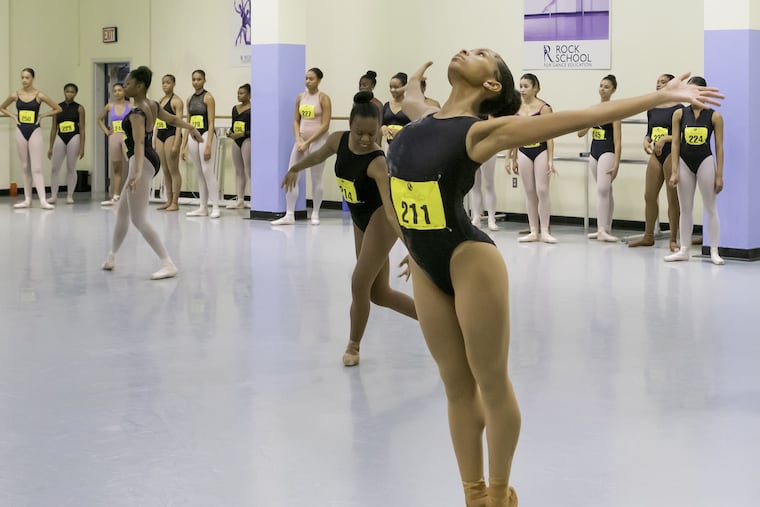Young dancers of color audition for top ballet companies, schools in a special Philly opportunity
For 49 ballerinas of color, Philadelphia was the place to be seen by some of the top companies and schools Sunday. It was the last of five auditions as the International Association for Blacks in Dance wrapped up its conference.
